Limewash has gained a popular following in recent years with both professional designers and home enthusiasts alike. It is celebrated for its natural and timeless aesthetic, and it provides a one-of-a-kind way to enhance and soften the appearance of hard surfaces such as brick or stone.
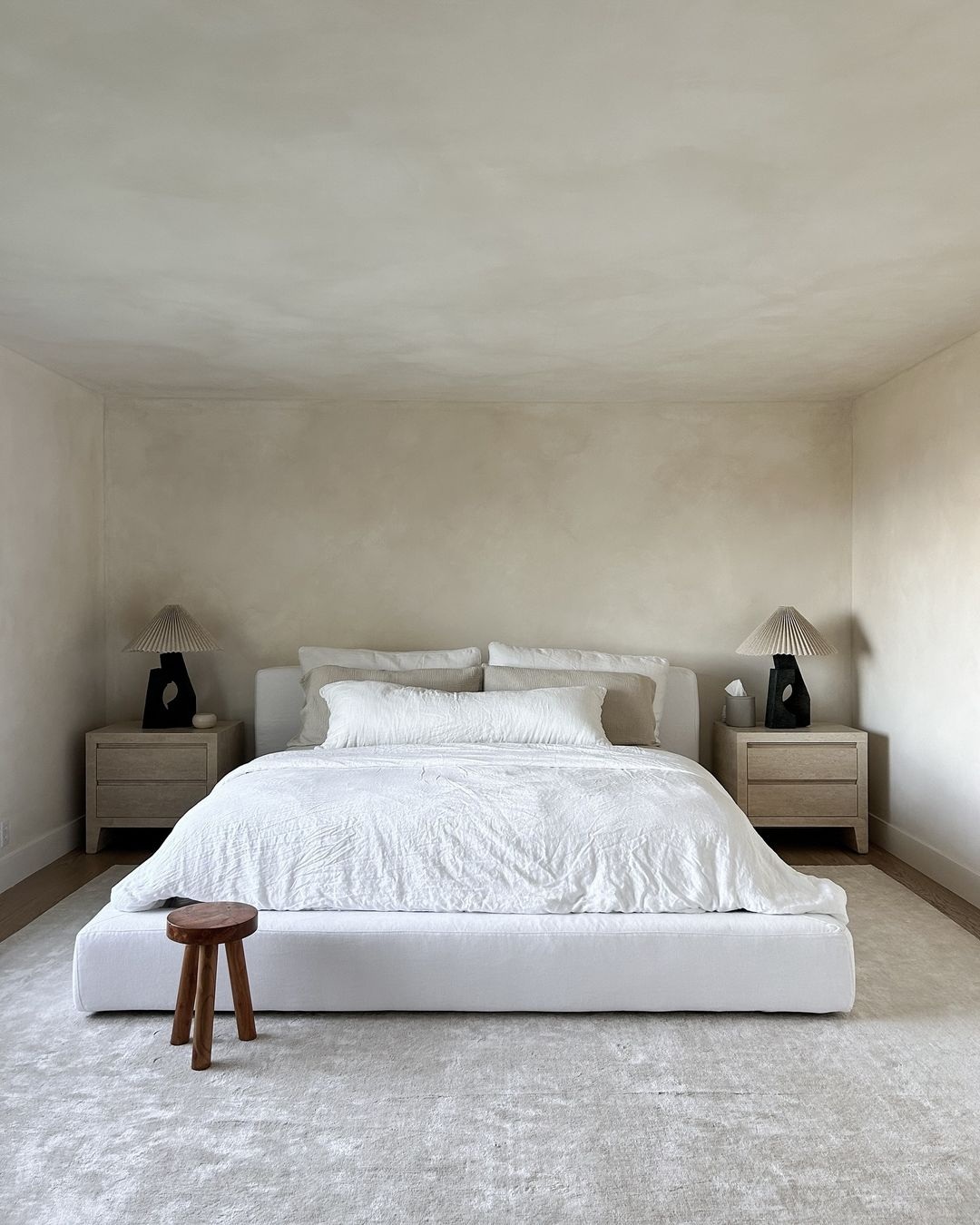
Its application enhances a variety of interior and exterior spaces with an understated elegance that blends seamlessly with various architectural styles while creating a warm, inviting atmosphere. As a versatile and eco-friendly option, limewash appeals to everyone seeking both beautiful and sustainable solutions in their lives.
What is Limewash?
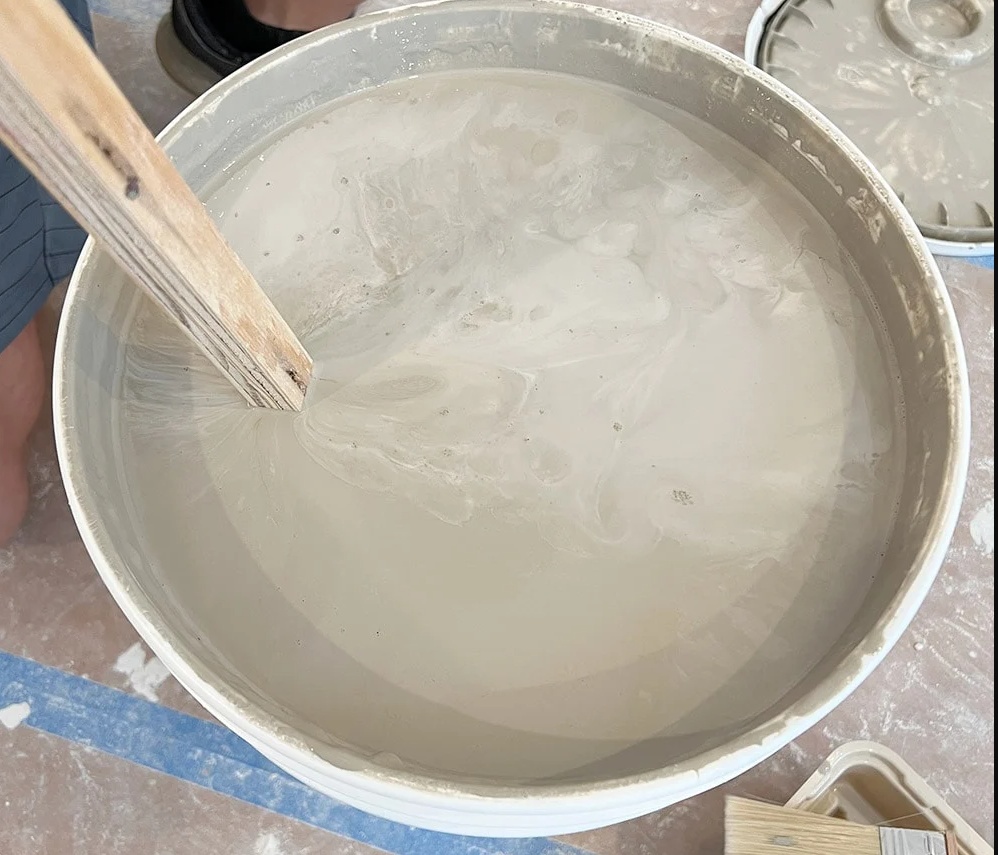
Limewash is a type of paint or whitewash that contains lime (calcium hydroxide), water, and, in some cases, natural pigment for color. Limewash has been used for centuries to change the color of a surface, particularly on the exterior of historic and traditional buildings.
Limewash is distinguished by its matte, chalky finish, which adds color, depth, and texture to surfaces. Unlike traditional paint, limewash allows the exterior surface to breathe, which prevents moisture buildup. This feature protects the integrity of the material beneath the limewash, allowing it to remain strong and durable over time. It is ideal for moist climates because it naturally prohibits the growth of bacteria that can form mold. Limewash has no VOCs or odor and is also UV resistant.
Types of Limewash
There are several different types of limewash, each with its own unique properties and applications. Limewash is classified primarily according to its composition and intended use.
Traditional Limewash: This limewash is composed of lime and water. Traditional limewash is naturally white and is preferred for historic applications due to its authentic look and breathability. It is appropriate for both indoor and outdoor applications.
Modern Limewash: The modern limewash variation often includes additional additives and binders to improve its adhesion. It still has an authentic appearance, but it is easier to apply and more weather-resistant.
Colored Limewash: This is a traditional limewash with natural pigment added. These natural pigments include ochre, yellow iron oxide, red ochre, burnt sienna, and natural sienna. The colors added to limewash increase design flexibility while maintaining the natural, matte appearance of traditional limewash.
Premixed Limewash: Premixed limewash, also known as ready-mixed limewash, is quick and easy to use, making it suitable for both professionals and DIYers. Unlike standard limewash, which is available in powder form, this mixture already contains water. The proper ratio of lime, water, and natural pigments ensures consistent quality and ease of application.
Textured Limewash: This limewash contains aggregates or additives in the mixture that give the finished surface a more pronounced texture. It is used to create a rustic look or to replicate the appearance of traditional plaster.
Acrylic-Modified Limewash: This type of limewash contains acrylic modifiers, which improve the durability and flexibility of the finish. These additives make limewash more suitable for high-traffic and weather-prone areas by combining the appearance of traditional limewash with the durability of modern paint.
Uses for Limewash
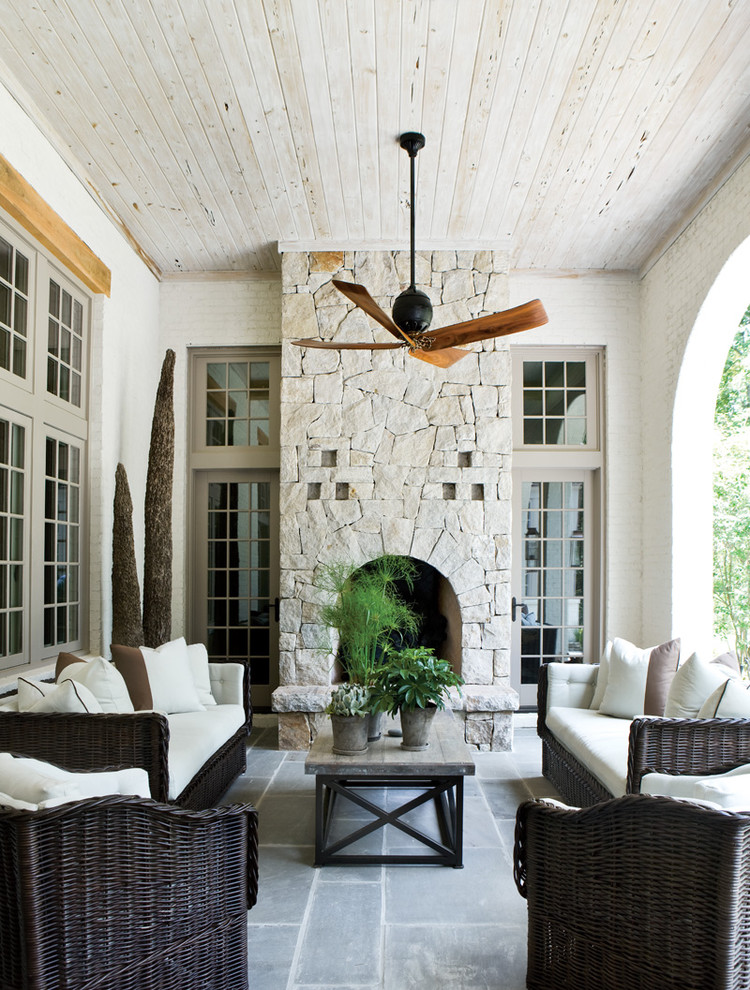 ROMABIO / Interior & Exterior Mineral Based Paints
ROMABIO / Interior & Exterior Mineral Based Paints
Limewash can be applied to a variety of surfaces, both indoors and outdoors. Its versatility and breathability make it suitable for a wide range of applications. Limewash adheres well to porous surfaces even without a primer, but a primer may be required for better adherence to non-porous surfaces.
Exterior Walls: Limewash is ideal for exterior brick, stone, and stucco walls. It gives them a soft, matte-like texture and allows them to breathe, preventing water from becoming trapped beneath the surface and eroding their structure.
Interior Walls: Limewash can be used on plaster and drywall walls that have been painted or left bare. Limewash is also effective on stone and brick interior walls. The limewash adds texture, interest, and a traditional look.
Fireplace and Chimney: Limewash is ideal for heat-resistant surfaces such as fireplaces and chimneys. It can also be used to update the look of an outdated brick or stone fireplace.
Wood: Limewash can be applied to a variety of wood items, including beams, paneling, and furniture, to create an aged and rustic look.
Garden and Landscape Features: Limewash is ideal for creating a cohesive and natural appearance on outdoor garden elements, such as walls, containers, statuary, and fences.
Tips for Applying Limewash
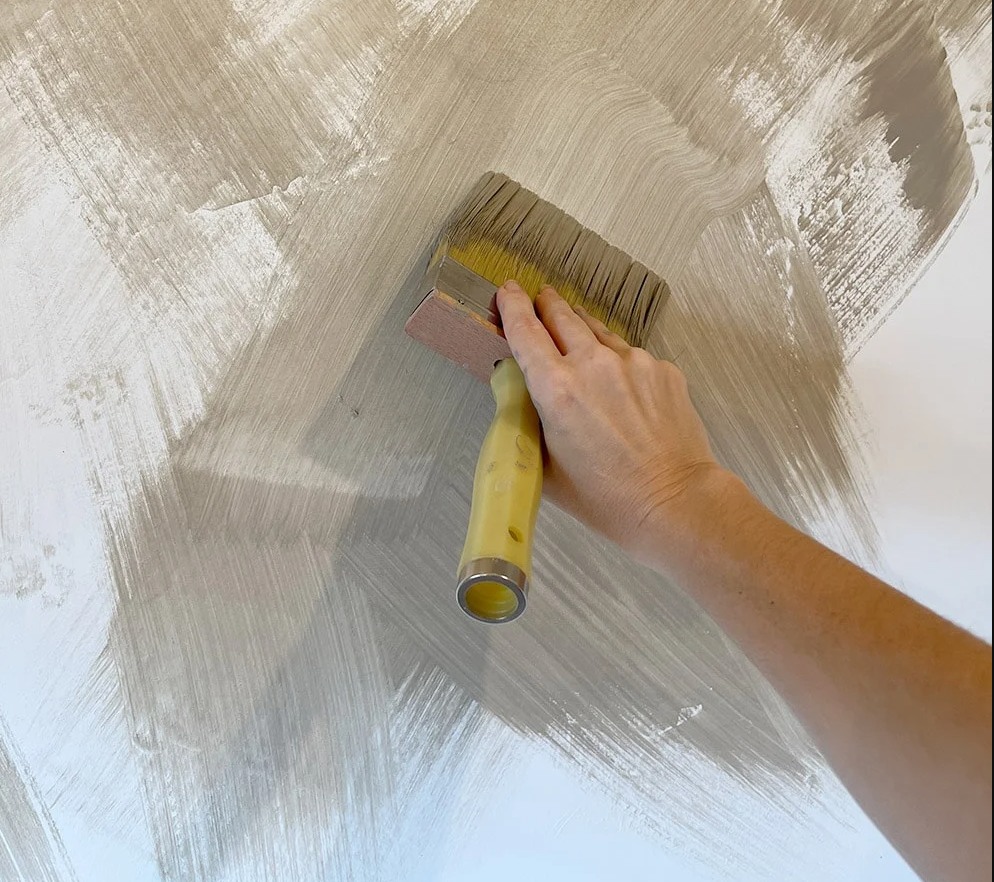
You apply limewash in the same way you would paint, but the application will vary depending on your surface. Gather all of your supplies, including a limewash brush, primer (depending on the surface), and limewash. A primer will always be used on non-porous surfaces where limewash may not adhere well.
View this post on Instagram
Apply the limewash in thin layers with horizontal, vertical, or diagonal strokes, then work it in with a circular motion. Begin by working in a small area and progressing to larger areas as you complete them. Be aware of drips and sagging in the limewash areas you have painted, and fix them as you go. The number of layers used determines the opacity of the limewash covering.
Limewash Finish Options
Limewash offers a variety of finishes, each with its own unique aesthetic and texture. The type of finish achieved depends on factors such as the application technique, the number of coats, and the type of surface being treated. Here are some common finishes that can be achieved with limewash:
Smooth Finish
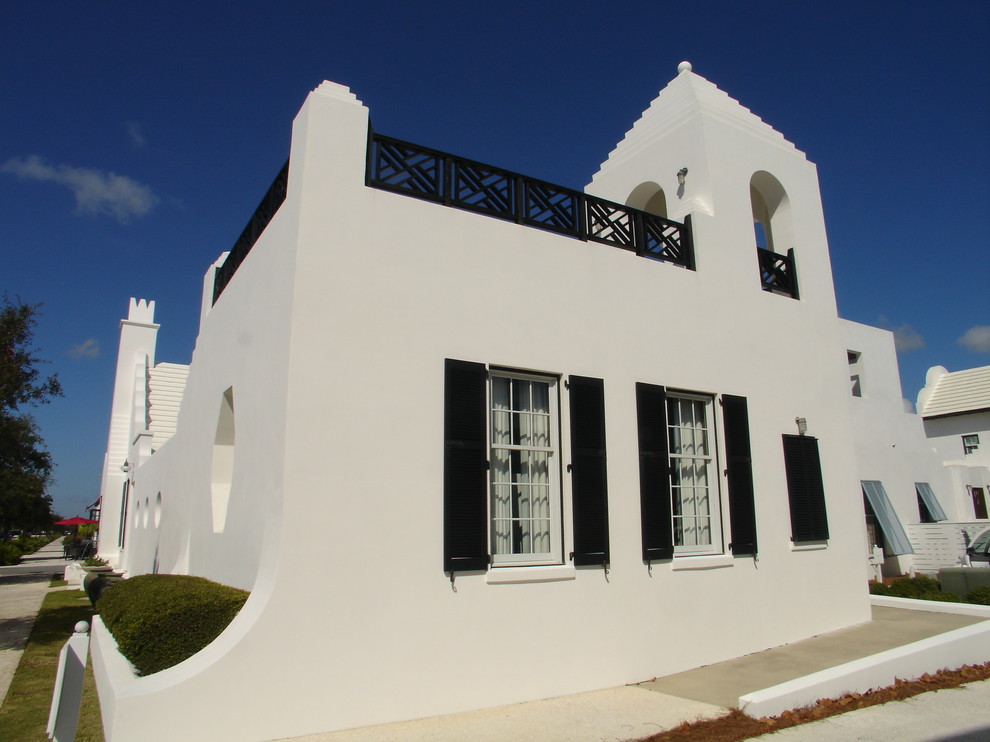 ROMABIO
ROMABIO
A smooth finish is achieved by applying limewash in thin layers until the surface is smooth and opaque. This finish has a subtle texture and a soft, matte appearance that is ideal for creating a clean, modern surface.
Textured Finish
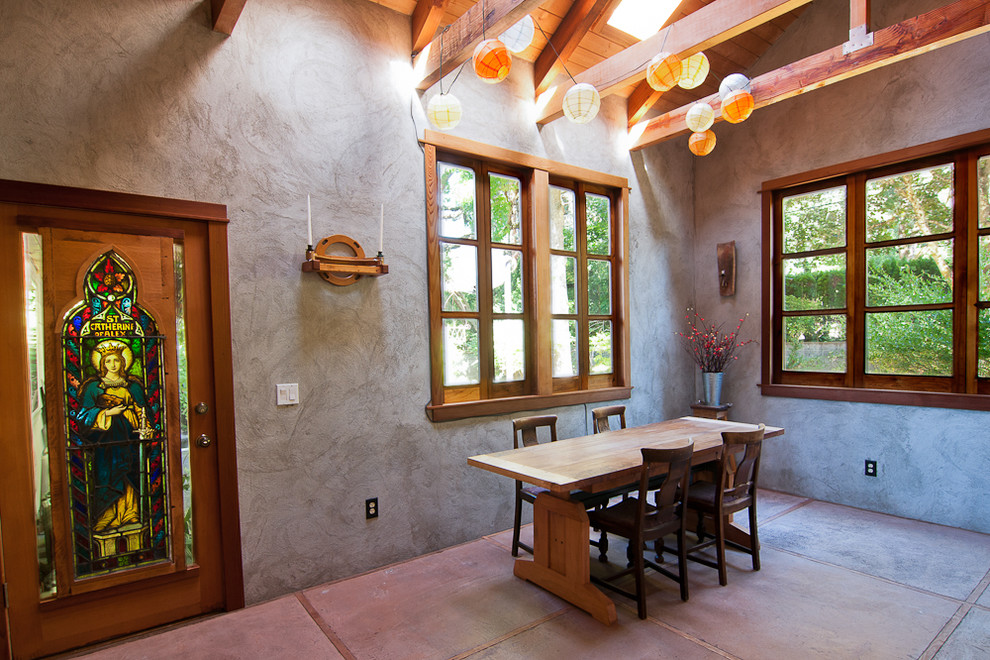 Louise Lakier
Louise Lakier
A textured finish is achieved by using a thicker limewash or one with added aggregates. This results in a surface with a more noticeable texture, giving it an aged or historic appearance.
Brushed Finish
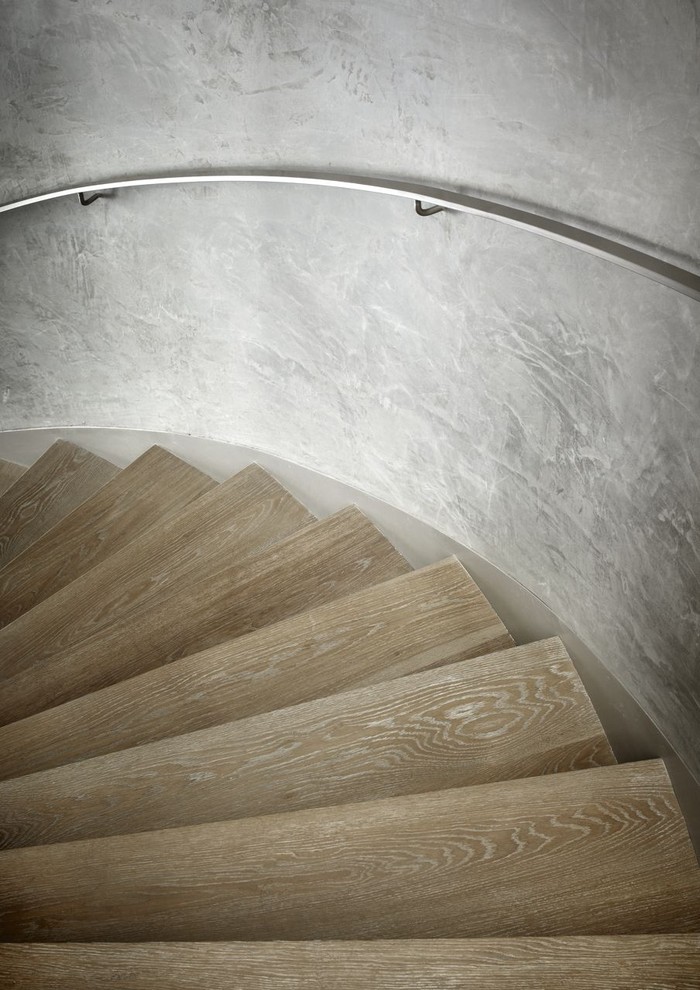 Risinger Homes
Risinger Homes
Šepečiu padengtą apdailą galima pasiekti naudojant tirštą kalkinį plovimą ir sukuriant matomus potėpius terpėje. Tai suteikia kalkių plovimui tekstūros ir gylio, kartu sukuriant judėjimo pojūtį.
Išskalbta apdaila
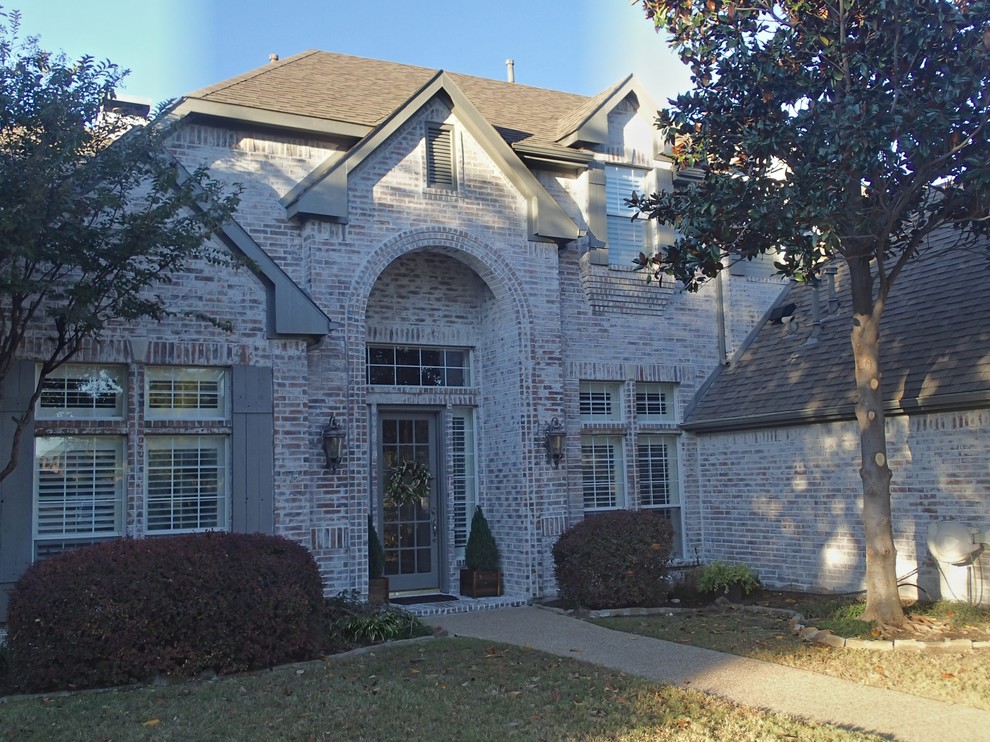 Houzz
Houzz
A washed finish is a technique that gives surfaces a soft, weathered appearance with subtle color and texture variations. Depending on the opacity desired, this finish can be achieved by applying diluted limewash or a single layer.
Sluoksniuota Baigta
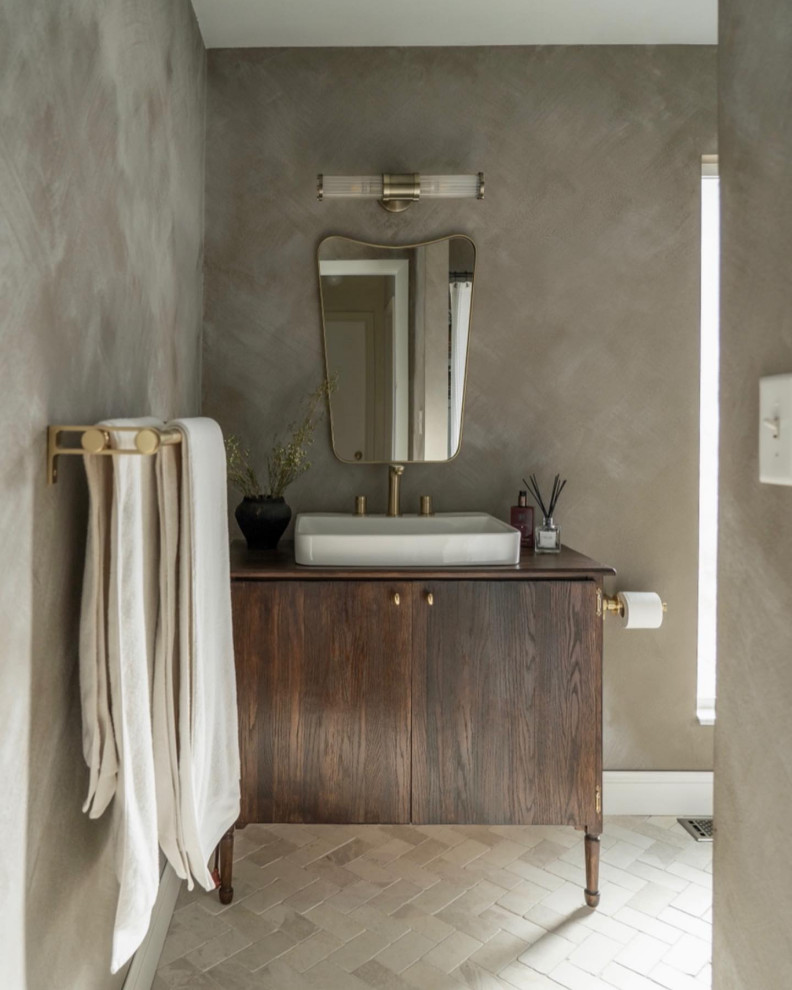 Color Atelier Paint & Plaster
Color Atelier Paint & Plaster
Sluoksniuota apdaila pasiekiama naudojant kelis skirtingų spalvų kalkių plovimo sluoksnius. Kiekvienas sluoksnis iš dalies matomas per kitus sluoksnius, todėl paviršiaus spalva tampa gilesnė ir sodresnė.
Nelaimingas finišas
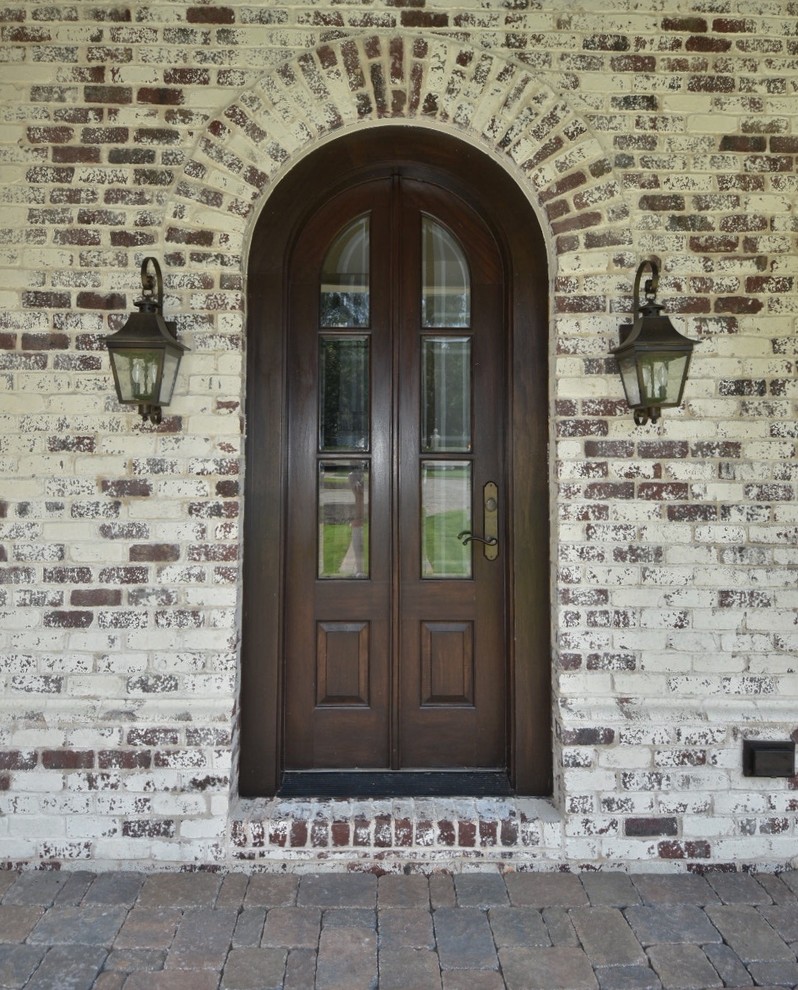 Struttura
Struttura
Sugadinta apdaila sukuriama švelniai šlifuojant arba šveičiant dalis po to, kai kalkių plovimas išdžiūvo. Taip atidengiama apatinė medžiaga, todėl paviršius atrodo susidėvėjęs arba pažeistas.
Limewash vs Paint
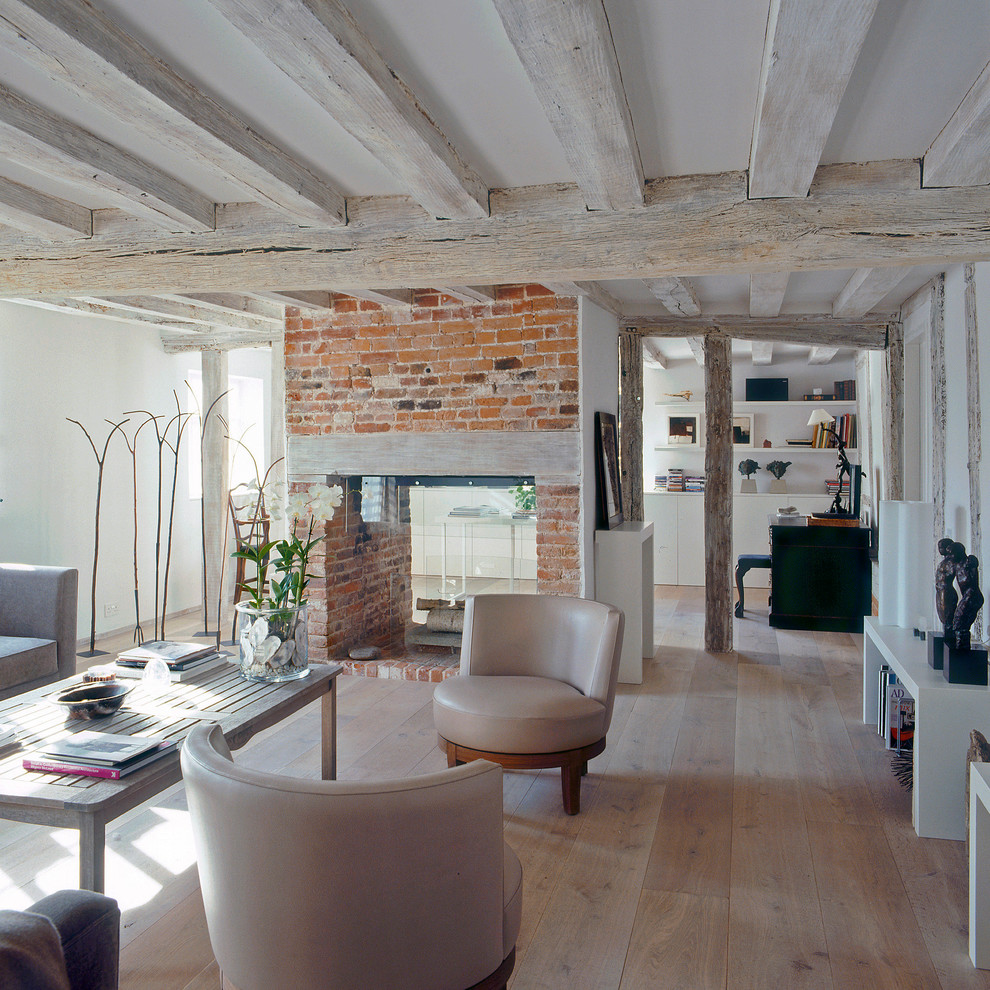 Nash Baker architektai
Nash Baker architektai
Limewash ir dažai tinka sienoms, luboms ir kitiems paviršiams dengti. Jie abu turi privalumų ir trūkumų, todėl pasirinkimas, kurią dangą naudoti, priklauso nuo asmeninių pageidavimų, gyvenimo būdo ir paviršiaus.
Limewash yra ypač efektyvus išoriniams paviršiams iš plytų ir akmens, nes jis įsiskverbia į porėtus paviršius ir leidžia jiems kvėpuoti. Dažai padengia ir apsaugo paviršius, pvz., medieną, bet taip pat veikia kaip garų barjeras, sulaiko drėgmę poringose medžiagose, tokiose kaip plytos ir akmuo, todėl laikui bėgant jos suyra. Dėl natūralių antibakterinių ir priešgrybelinių savybių "Limewash" gerai veikia drėgnose vietose. Limewash, skirtingai nei dažai, puikiai atlaiko oro sąlygas ir gali būti pakartotinai naudojamas nereikalaujant didelio paviršiaus paruošimo. Trumpai tariant, kalkių plovimas geriau veikia ant išorės plytų ir akmens, o dažai geriausiai tinka išorinei medienai apsaugoti.
Pasirinkimas tarp kalkakmenio ir dažų interjero erdvėms daugiausia priklauso nuo asmeninių pageidavimų ir gyvenimo būdo. Kalkakmenis sukuria įdomų sienų gylį ir tekstūrą. Tai taip pat yra ekologiškas pasirinkimas, nes neišskiria LOJ ir pagerina oro kokybę. Limewash yra mažiau patvarus nei dažai, nes yra linkę nusiplauti, o tai gali būti problema intensyvaus eismo vietose, o spalvų pasirinkimas yra ribotas. Dažai yra labai patvarūs vidaus paviršiams ir yra įvairių spalvų ir apdailos.
Jei jums patinka mūsų puslapis, pasidalinkite su draugais & Facebook